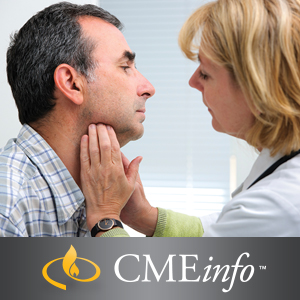-71%
The Comprehensive Guide to Critical Care Medicine
Dr. med. Volker Herold’s comprehensive work encompasses the multifaceted realm of critical care medicine, providing an indispensable guide for navigating the intricacies of treating critically ill patients, including those afflicted with COVID-19.
Airway Management and Ventilation:
This section delves into the vital techniques for airway management, including endotracheal intubation, tracheotomy, and chest tube insertion. It explores the principles of mechanical ventilation, covering modes, settings, and advanced techniques like weaning and extracorporeal membrane oxygenation (ECMO).
Analgosedation and Hemodynamic Monitoring:
Effective pain and anxiety management in critically ill patients is crucial, and this book provides a comprehensive overview of analgosedation strategies. Hemodynamic monitoring techniques are also discussed, enabling clinicians to accurately assess the patient’s circulatory status and guide therapeutic interventions.
Catecholamine Therapy and Shock:
The use of catecholamines in managing shock is thoroughly examined, with emphasis on indications, dosing, and monitoring. Various types of shock, such as cardiogenic, septic, and adrenal insufficiency, are explored in depth.
Nutrition and Resuscitation:
Nutritional support plays a critical role in the recovery of critically ill patients, and this section covers enteral and parenteral feeding strategies. The principles of cardiopulmonary resuscitation (CPR) and defibrillation are also detailed.
Sepsis and Infectious Diseases:
Sepsis and organ dysfunction are life-threatening complications in critical care, and this book provides an in-depth analysis of their recognition, management, and prevention. Antimicrobial therapy, including the management of multi-drug-resistant organisms, is also addressed.
Cardiac and Pulmonary Disorders:
This section covers a wide spectrum of cardiac and pulmonary conditions, including acute coronary syndrome, cardiogenic shock, cardiac arrhythmias, and pulmonary embolism. The management of acute respiratory distress syndrome (ARDS) and other respiratory emergencies is also discussed.
Gastrointestinal and Liver Diseases:
Gastrointestinal bleeding, acute pancreatitis, and liver dysfunction are prevalent in critically ill patients. This section outlines the diagnosis, management, and prevention of these conditions.
Neurological and Endocrine Emergencies:
Stroke, intracranial hemorrhage, and status epilepticus are neurological emergencies that require prompt intervention. This book provides guidance on the recognition and management of these conditions. It also covers endocrinological emergencies, such as diabetic ketoacidosis and thyroid storm.
Oncological Emergencies and Toxins:
Malignancy-related emergencies and the impact of chemotherapy on critical care management are explored. Toxicology, including poisoning and the effects of environmental toxins, is also covered.
Ethical and Legal Considerations:
Critical care often involves ethical and legal considerations, such as end-of-life decisions and the management of terminally ill patients. This book provides a framework for navigating these complex issues.
Supplemental COVID-19 Chapter:
The book concludes with a dedicated chapter on COVID-19 (SARS-CoV-2), highlighting the unique challenges and management strategies associated with this novel disease.
With its exceptional breadth and depth, this comprehensive guide empowers clinicians with the knowledge and skills required to effectively manage critically ill patients, including those with COVID-19.










Reviews
Clear filtersThere are no reviews yet.